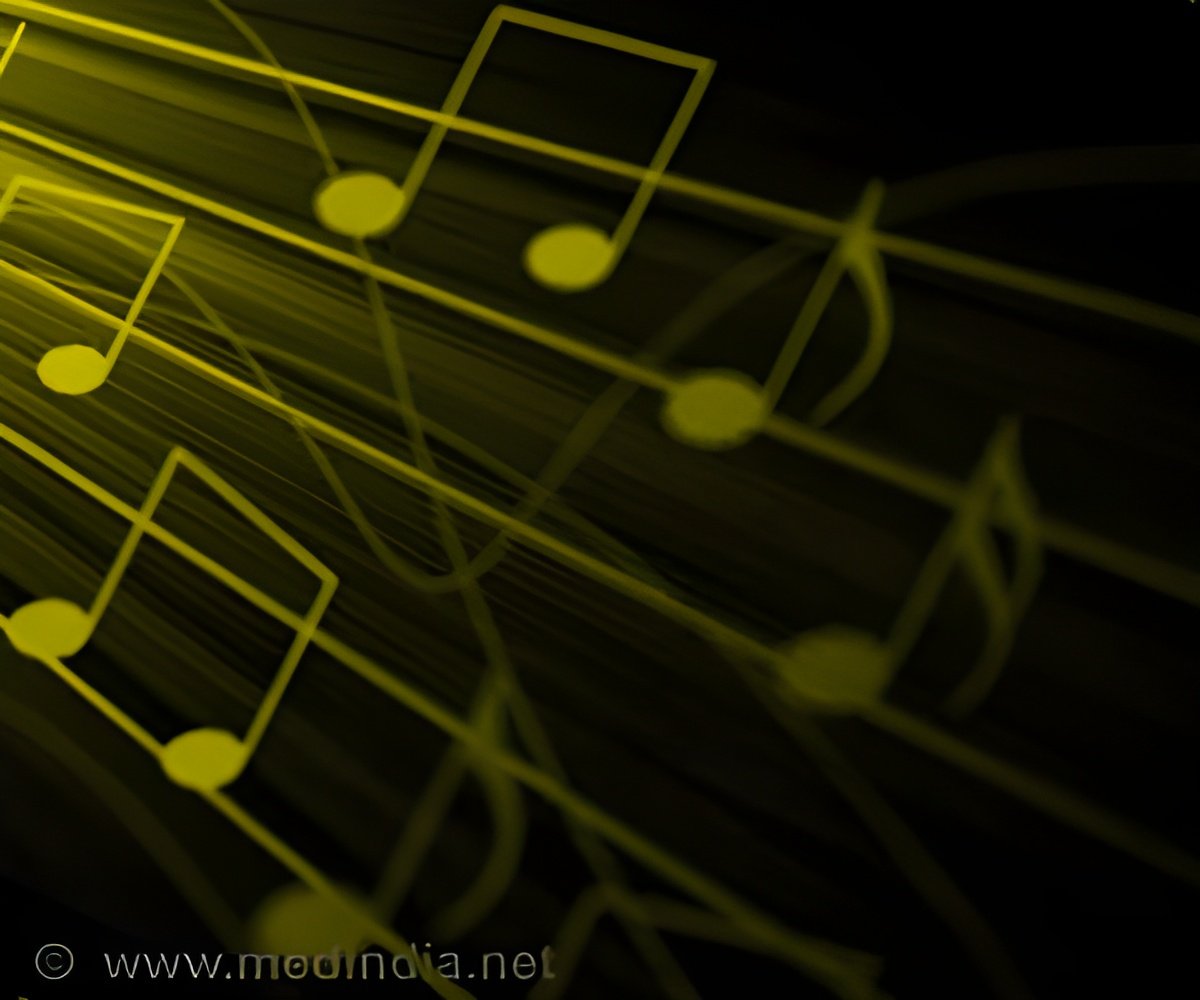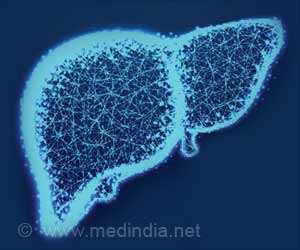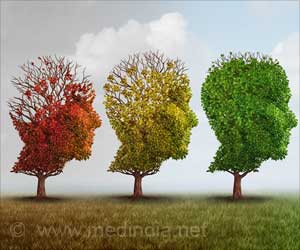
New study demonstrates how classical music like Bach, Beethoven, or Mozart influences brain activity, potentially offering new treatments for individuals with treatment-resistant depression, as a study published in the Cell Press journal Cell Reports (1✔ ✔Trusted Source
Auditory entrainment coordinated cortical-BNST-NAc triple time locking to induce an antidepressant effect
).
“Our research integrates the fields of neuroscience, psychiatry, and neurosurgery, providing a foundation for any research targeting the interaction between music and emotion,” says senior author Bomin Sun, director and professor of the Center for Functional Neurosurgery at Shanghai Jiao Tong University.
“Ultimately, we hope to translate our research findings into clinical practice, developing convenient and effective music therapy tools and applications.”
The study focused on 13 patients with treatment-resistant depression who already had electrodes implanted in their brains for the purpose of deep-brain stimulation.
These implants are placed in a circuit connecting two areas in the forebrain—the bed nucleus of the stria terminalis (BNST) and the nucleus accumbens (NAc).
Using these implants, the researchers found that music generates its antidepressant effects by synchronizing the neural oscillations between the auditory cortex, which is responsible for processing sensory information, and the rewards circuit, which is responsible for processing emotional information.
Revolutionizing Brain Treatment with Timeless Music
“The BNST-NAc circuit sometimes referred to as part of the ‘extended amygdala,’ underscores the close relationship between this circuit and the amygdala, a central structure in emotional information processing,” Sun says.
Advertisement
“This study reveals that music induces triple-time locking of neural oscillations in the cortical-BNST-NAc circuit through auditory synchronization.”
The patients in the study were assigned to two groups: low music appreciation and high music appreciation.
Advertisement
Those in the high music appreciation group demonstrated more significant neural synchronization and better antidepressant effects, while those in the low music appreciation group showed poorer results.
By grouping the patients, the investigators were able to study the antidepressant mechanisms of music more precisely and propose personalized music therapy plans that would improve treatment outcomes.
For example, when inserting theta frequency noise into music to enhance BNST-NAc oscillatory coupling, those in the low music appreciation group of patients reported higher music enjoyment.
Several pieces of Western classical music were used in the study. This type of music was chosen because most participants did not have familiarity with it, and the researchers wanted to avoid any interference that could arise from subjective familiarity.
“We concluded that the music choices during the formal listening process were individualized and unrelated to the music’s emotional background,” Sun says.
The team’s future research will focus on several areas. For one, they aim to study how the interaction between music and the deep structures of the brain play a role in depressive disorders.
They will also introduce other forms of sensory stimuli, including visual images, to investigate the potential combined therapeutic effects of multi-sensory stimulation on depression.
“By collaborating with clinicians, music therapists, computer scientists, and engineers, we plan to develop a series of digital health products based on music therapy, such as smartphone applications and wearable devices,” Sun says.
“These products will integrate personalized music recommendations, real-time emotional monitoring and feedback, and virtual-reality multi-sensory experiences to provide convenient and effective self-help tools for managing emotions and improving symptoms in daily life.”
Reference:
- Auditory entrainment coordinated cortical-BNST-NAc triple time locking to induce an antidepressant effect
– (https://www.sciencedirect.com/science/article/pii/S2211124724008039?via%3Dihub)
Source-Eurekalert



